
How to Effectively Manage Low Performers: The CARES Framework
As a manager, one of the most challenging tasks is to help low-performing team members improve their motivation and skill levels. It’s essential to understand that these team members are still valuable and can contribute significantly to the team’s success with the right guidance. To assist managers in this endeavor, I introduce the CARES framework — a five-step process designed to transform low performers into key contributors.
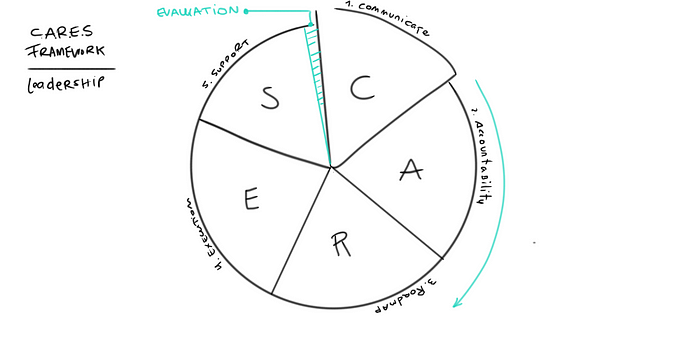
CARES Framework — Illustration by Rofernn
It’s also important to be aware of what their goals are and their motivations, as certain employees may be just not right for the role or the company and aren’t simply a good fit. I have personally tried to coach a few employees and spent months supporting them, taking away a lot of time from other team members, and it didn’t work out. So I don’t want to say that every time it is possible to improve things with coaching. If someone doesn’t want to improve and is not motivated by the role and the company, they may simply not be the right person for your team.
I am personally someone who will try everything and invest a lot of time and resources on my team but I have learned to also identify when I am just “forcing things” to work.
What is C.A.R.E.S?
CARES stands for Communicate, Accountability, Roadmap, Execution, and Support.
This framework is not another HR-initiated performance improvement program but a managerial tool to help team members enhance their performance without the fear of job loss.
Let’s dive into each step of the CARES framework:
Step 1: Communicate
Effective communication is the foundation of improving performance.
As a manager, you must address performance issues early and clearly, rather than waiting for year-end reviews. Here’s how to communicate effectively:
- Document Performance Issues: Before discussing performance, gather evidence of multiple instances over at least six months. Document the expected results, actual results, and how they relate to performance issues.
- Engage in Dialogue: In the meeting, listen to the team member’s perspective. It’s crucial to have a two-way conversation.
- Summarize and Share: After the discussion, send a summary email or document outlining the issues, agreements, and next steps. This sets a clear tone for the process.
What to Say: “Hi [Team Member], I wanted to discuss your recent performance. Over the past few months, there have been several instances where your work hasn’t met expectations, such as [specific examples]. I’d like to understand your perspective on these issues and work together on a plan to improve.”
Step 2: Accountability
Once performance issues are acknowledged, establish clear accountabilities. Define the specific responsibilities the team member must fulfill to meet their goals.
- Define Responsibilities: Outline clear and specific tasks, such as requirement clarification, timely task completion, and regular updates.
- Agree on Accountability: Ensure the team member understands and agrees to these responsibilities. Adjust if there is any disagreement.
- Document Accountability: Share a written record of the agreed-upon responsibilities.
What to Say: “Let’s clarify your responsibilities. For example, you’ll need to provide requirement clarifications before starting any coding, ensure timely completion of tasks, and regularly update me on any dependencies or issues. Do you agree with these expectations?”
Step 3: Roadmap
Create a detailed roadmap to guide the team member’s improvement journey. The roadmap should include granular tasks and milestones.
- Detail Tasks and Milestones: Break down tasks into manageable steps with clear milestones.
- Set a Timeline: The roadmap should span at least three months to allow for meaningful progress.
- Consider Role Adjustments: If needed, discuss potential role changes within the organization for a better fit.
What to Say: “To help you improve, we’ll create a roadmap with specific tasks and milestones. For the next three months, your milestones will include completing project documentation and attending relevant training sessions. We’ll review your progress regularly to ensure you’re on track.”
Step 4: Execution
With the roadmap in place, the next step is execution. The team member begins working on the agreed tasks while the manager monitors progress.
- Track Progress: Monitor the completion of tasks and milestones.
- Evaluate Regularly: Conduct evaluations at each milestone based on predefined criteria.
- Adjust as Needed: Make necessary adjustments based on progress and feedback.
What to Say: “Now that we have our roadmap, let’s start working on these tasks. We’ll review each milestone together to ensure you’re progressing as expected. If you encounter any issues, let me know immediately so we can address them.”
Step 5: Support
Provide ongoing support throughout the execution phase. Your involvement and encouragement are crucial for the team member’s success.
- Offer Regular Feedback: Give constructive feedback and course-correct as necessary.
- Provide Training: Arrange small training sessions if needed.
- Maintain Open Communication: Conduct regular one-on-ones to discuss progress and challenges.
What to Say: “I’ll be here to support you every step of the way. We’ll have regular check-ins to discuss your progress and any challenges you might face. Remember, this is a collaborative effort, and your improvement is my priority.”
As a new manager, it’s crucial to realize that each team member has different skill levels and varying degrees of motivation.
The situational leadership framework allows managers to view their team from multiple dimensions and adapt their approach accordingly.
Typically, the framework uses skill and motivation as key dimensions. For instance, you’ll need a different strategy for managing a highly skilled and highly motivated individual compared to someone who is highly skilled but lacks motivation. Without adapting your approach, a team member with low motivation, despite their skills, won’t deliver the desired results.
Situational Leadership Framework
In my experience, situational leadership is effective for any leader within an organization, regardless of their position. Here are two variations of the framework I use:
Skill vs. Motivation
- High Skill, High Motivation: These team members need minimal guidance and should be given challenging tasks to keep them engaged.
- High Skill, Low Motivation: These individuals may need more encouragement and incentives to boost their motivation.
- Low Skill, High Motivation: Provide training and development opportunities to enhance their skills while leveraging their enthusiasm.
- Low Skill, Low Motivation: These team members require the most support, with clear instructions and consistent motivation to improve both their skills and interest.
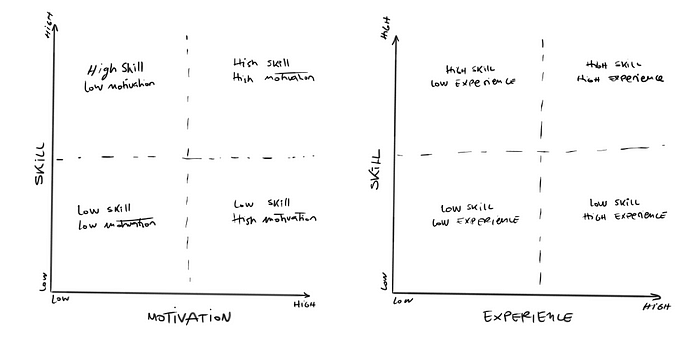
By understanding and applying these dimensions, you can tailor your management style to each team member’s needs, fostering a more productive and harmonious team environment.
In general, I can say that managing low performers can be challenging, but with the CARES framework, you can provide structured support to help them improve. By following these steps — Communicate, Accountability, Roadmap, Execution, and Support — you can turn performance issues into growth opportunities, fostering a more motivated and skilled team.
Remember, the goal is to help your team members succeed, not to push them out. With patience, clear communication, and ongoing support, you can guide your low-performing employees to align with the rest of the team and achieve their full potential.
Check all the other resources on my blog to support you.



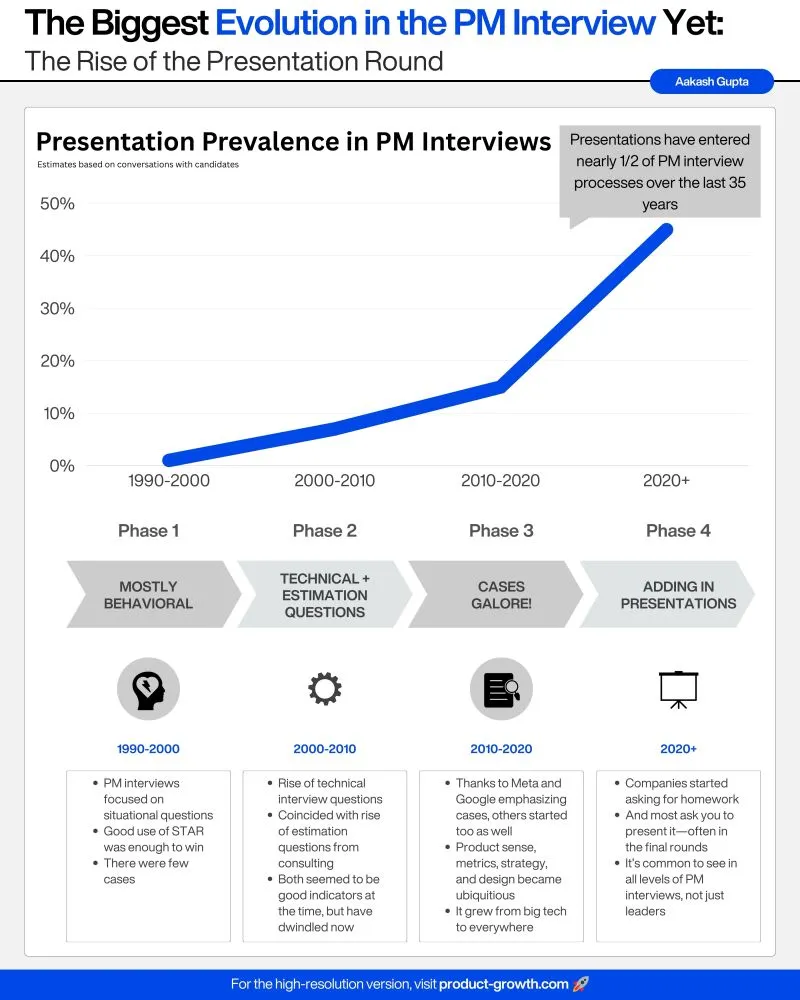
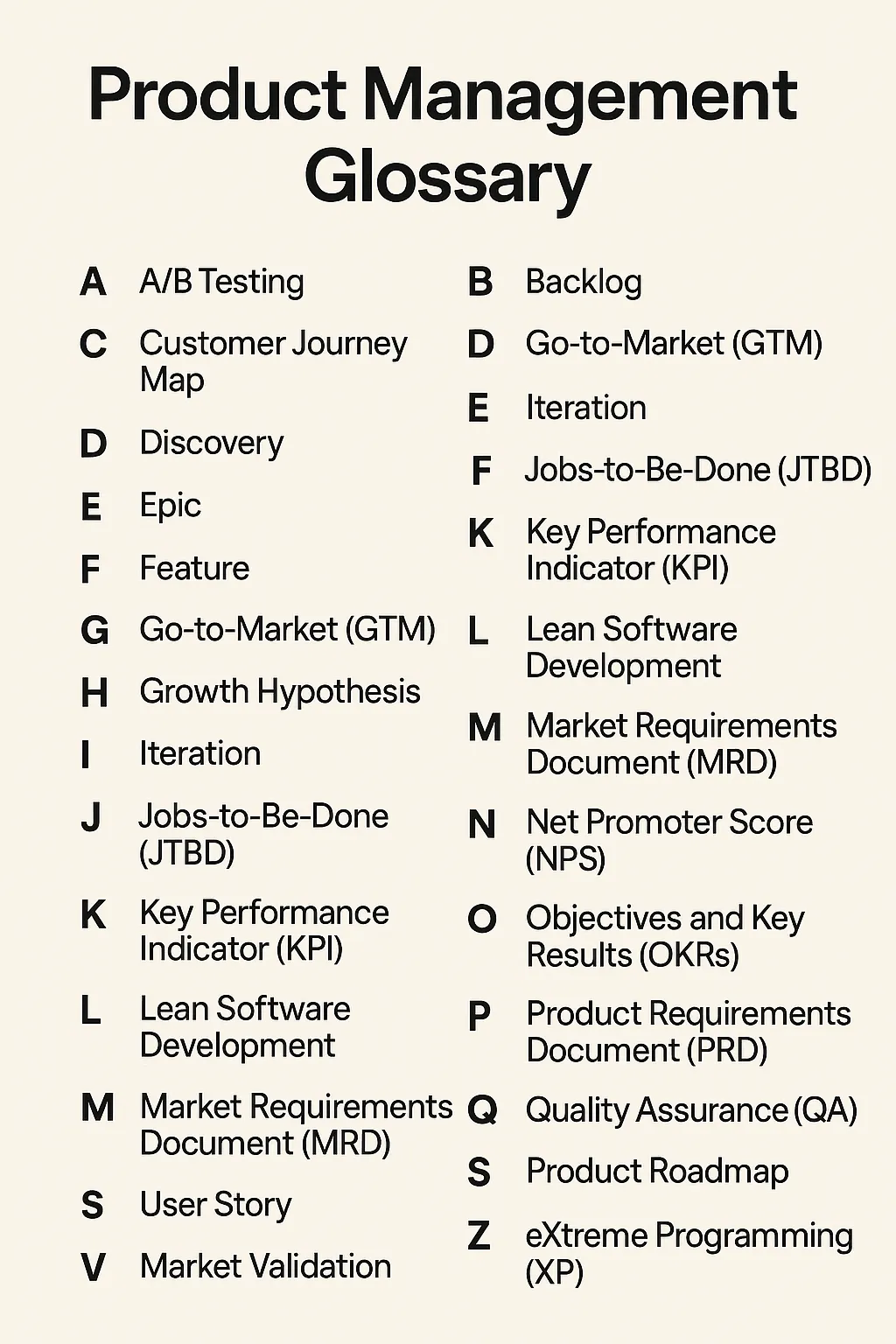

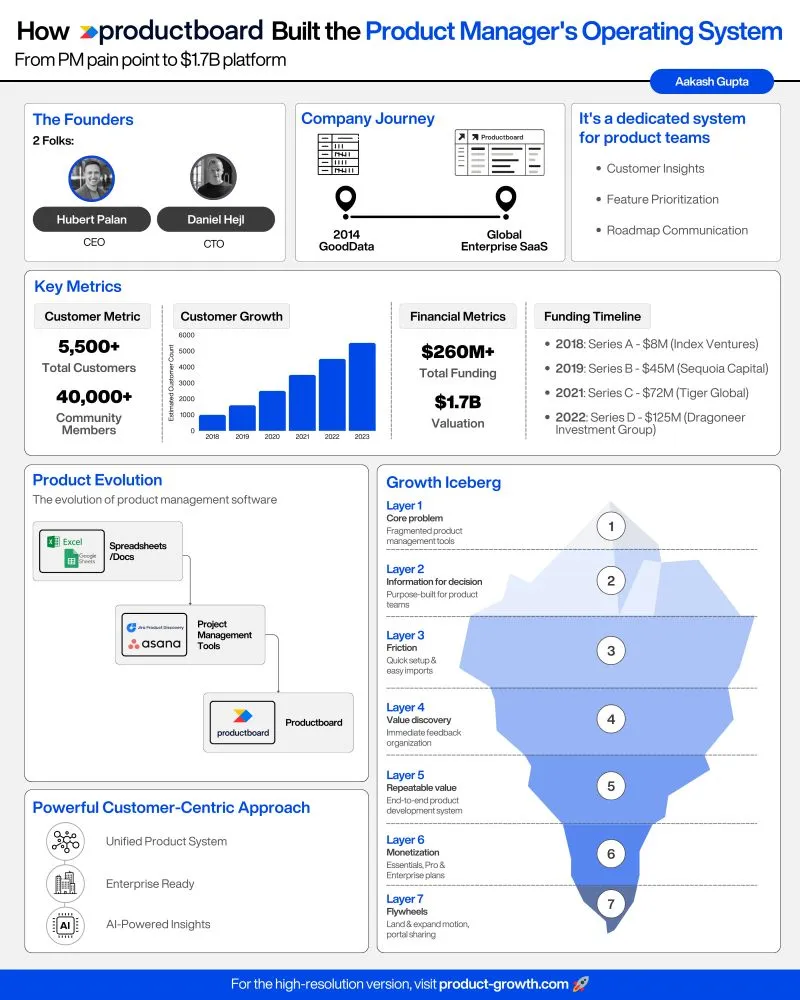


Comments ...
No Comments Yet ...Add One